Deep Teeth Cleaning
A Deep Teeth cleaning at our office in Hudson yards Nyc, also known as gum therapy, is a process involving the cleaning of teeth and gums all the way down to the roots. It can also help to reduce gum inflammation and improve the health of your teeth and gums by removing plaque and tartar from the roots of your teeth.
Plaque is a soft bacterial layer on your teeth that is formed when bacteria in your mouth reacts with leftover food particles.
Plaque can be removed using a toothbrush and floss twice a day, but this will not be sufficient to remove all of it, particularly between the teeth where it calcifies. Plaque accumulation can result in tartar or calculus build up. This, can lead to the development of gum disease as well as a variety of other serious oral health concerns in the future. At this stage, nothing short of a full dental cleaning is an option.
So what is a deep cleaning at the dentist?
Standard dental cleaning is when you brush your teeth from top to bottom and from front to back to remove plaque and tartar. Deep Teeth cleaning is when your dentist cleans the roots of your teeth and the area below your gum line to remove any tartar that has built up there.
Deep Teeth cleaning is recommended once every six months. It is suggested that those who have recently had the dental treatment performed on their teeth undergo a deep cleaning, which can take up to an hour in length.
Why is deep teeth cleaning important?
Having any type of gum disease will result in the widening of pockets between your teeth and gums. The pockets enlarge in size, increasing the likelihood that tartar and other plaque will become trapped within them over time as a result of the expansion. Consequently, your dentist recommends that you have a deep cleaning in order to get rid of it completely.
The majority of the time, two or more appointments with the dentist are required to finish the entire treatment successfully. Firstly, your dentist will clean and scale the teeth and then return to clean the teeth’ roots. Each time these procedures are done, a local anesthetic is usually used to numb the area around the mouth.
You might need to set up a follow-up appointment a few weeks after deep cleaning to make sure everything is healing and that the results are satisfactory.
Process of deep teeth cleaning:
Deep cleaning often requires two visits, and the technique can be divided into two parts to ensure a thorough cleaning. The first procedure is referred to as gum or periodontal scaling, while the second is referred to as root planning (sometimes known as root canal therapy). When a dentist is performing the deep teeth cleaning treatment, he or she can use manual dental scaling tools, electric or ultrasonic devices, or a combination of both to clean both parts of the teeth.
During this part of the process, the scaling part of the job is to remove all of the plaque and tartar that is below the gumline of the teeth.
Following that, root planing is performed, which entails the use of an instrument to polish and smooth the tooth’s root surface. This procedure creates a small pocket or area around the tooth that can store toxic buildup. This helps the gums to reattach to the tooth.
The procedure known as root planing, which is the second part of the deep teeth cleaning treatment, is carried out with the help of a scaling device by the dental hygienist in order to remove plaque, tartar, and other build-ups from the root surfaces of your teeth. Using this method, you can smooth down the root and allow it to reconnect with the gums, which helps to reduce the amount of space that exists between the teeth and the gingiva.
Deep cleaning is the most effective method available for treating gum diseases and preventing them from progressing to the point where they require surgery or other more invasive procedures.
Is a Deep Tooth Cleaning Necessary?
As soon as your dentist has done a thorough checkup of your teeth and gums, along with taking X-rays to see how your mouth is in general, your dentist will let you know if you need deep teeth cleaning.
In cases where your gums are diseased or if your gingivitis has progressed to the point where they are pulling away from your teeth and exposing the bone, deep teeth cleaning is often recommended as a first step before undergoing periodontal surgery. This is especially true if your pockets or spaces that expose the bone are 5 millimeters or deeper.
Does the procedure hurt?
Any discomfort that may be associated with the procedure is usually manageable in the vast majority of instances. People with sensitive gums will initially be more sensitive. These individuals may endure discomfort. Consequently, a local anesthetic will be injected by a dentist at several points throughout the process. You should anticipate some sensitivity following your treatment. Your gums may swell, and you may experience slight bleeding as well.
Takeaway:
Deep teeth cleaning helps to get rid of bad breath and helps gum disease heal.
Despite the fact that it is a regular and safe surgery, you should expect some irritation and swelling following it. If you have swelling, bleeding, or pain for more than a week after your surgery, make an appointment with your dentist.
The best way to prevent needing another deep cleaning is to maintain the cleaning schedule recommended by your dentist. In the fast pace of NYC life, flossing and brushing only takes three minutes to have the best teeth and gums possible. It will also prevent more cost than your standard teeth cleaning.
